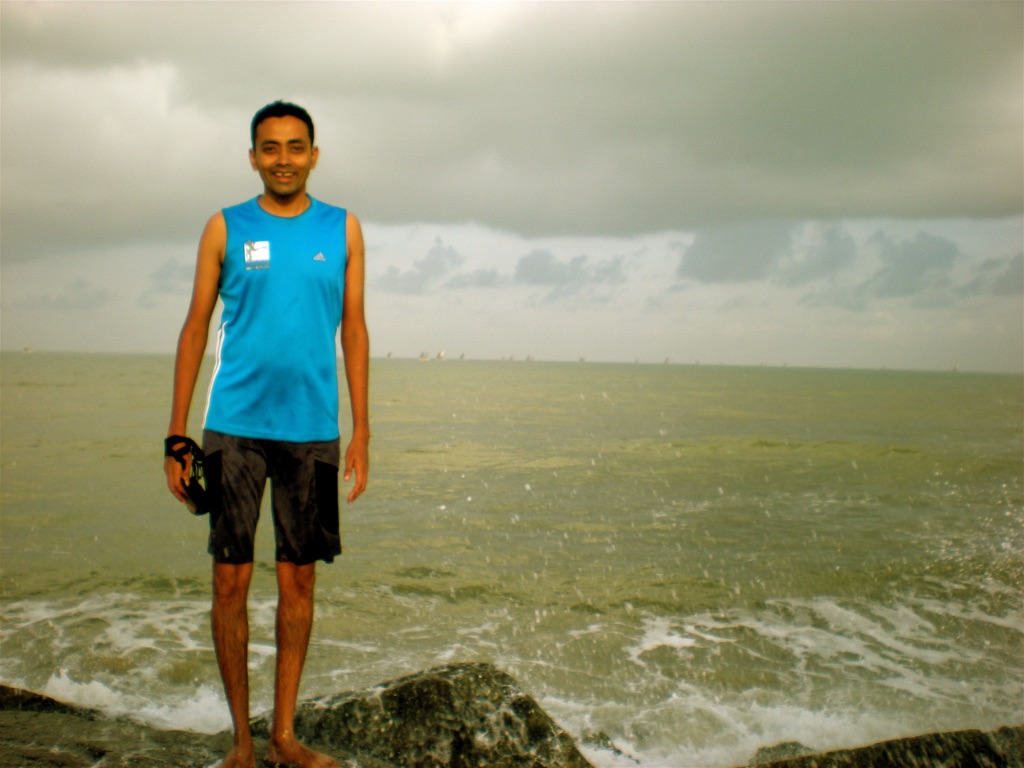Sometime in June 2018, Suriya asked me if I am interested in giving a TED talk at a TEDx conference to be held in his college (JSB) in October 2018. I was not only overwhelmed by his approach but equally panicked. I am no Haruki Murakami to write a book on “What I talk about runningContinue reading “TEDx Talk”
Tag Archives: Comrades Marathon
Running for 100 days
Any idiot can face a crisis – it’s day to day living that wears you out. – widely attributed to Anton Chekov Sports persons are often unfairly judged on what they do for few minutes on the event day, ignoring the hours of drudgery of their routine training that consumes most of their lives. In longContinue reading “Running for 100 days”
A Comrade from Coimbatore
Shosholoza, Kulezo ntaba, Stimela siphume South Africa, Kulezo ntaba, Stimela siphume South Africa, Wen’ uyabaleka, Kulezo ntaba, Stimela siphume South Africa (Translation: Go forward Go forward, from those mountains; on this train from South Africa; Go forward, Go forward; You are running away; You are running away; from those mountains; on this train from SouthContinue reading “A Comrade from Coimbatore”
Part 5 – The Humble Lessons
It was my songs that taught me all the lessons I ever learnt; they showed me secret paths, they brought before my sight many a star on the horizon of my heart Bruce Fordyce, nine times winner and thirty times finisher of Comrades Marathon, wrote a brilliant piece on the “Arrogance in The Comrades Marathon.”Continue reading “Part 5 – The Humble Lessons”
Thou hast made me endless…
Thou hast made me endless, such is thy pleasure. This frail vessel thou emptiest again and again, and fillest it ever with fresh life. Rabindranath Tagore, Gitanjali A week after running my first (and almost definitely, the last)! Comrades Marathon, I am still left with one unfinished agenda – writing my comrades experience. My writingContinue reading “Thou hast made me endless…”


